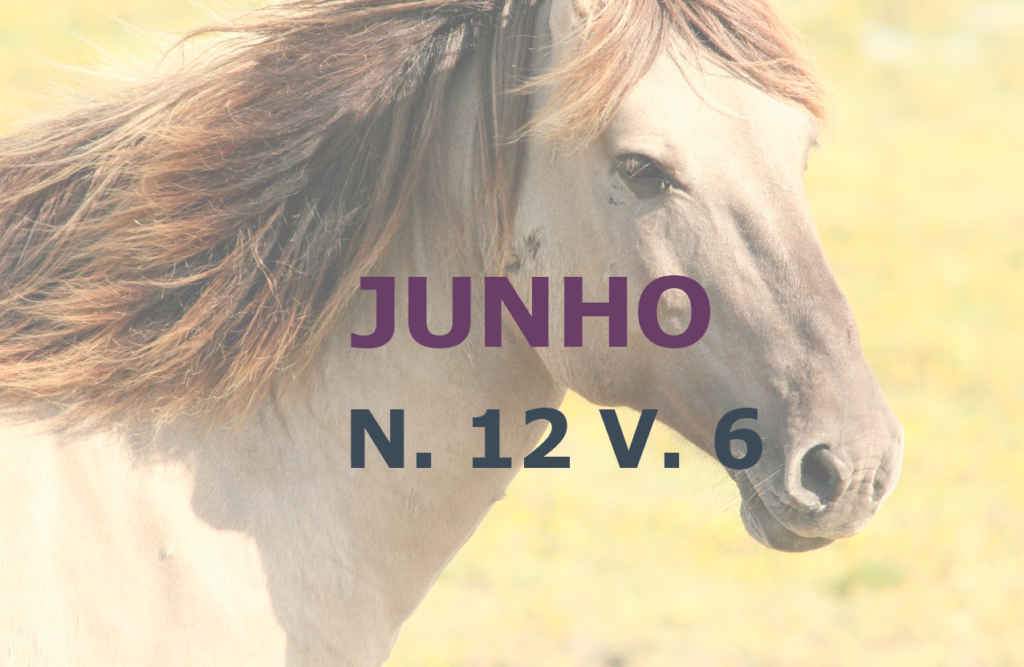Lard and weight of piau and duroc pigs using generalized linear model
DOI:
https://doi.org/10.22256/pubvet.v12n6a106.1-6Keywords:
Keywords: lard, generalized linear model, pigsAbstract
The meat pig is among the oldest forms of human food, being the most consumed meat in the world. Brazil is the 4th largest producer and exporter of meat pig in world. The main objective of industrial pig farms is the production of carcasses with higher lean meat content. Reducing the lard of thickness and body fat plus the increase in lean mass production improved the quality of carcass. The live weight of pigs is influenced by the lard thickness, making it necessary to find a relation that explains the behavior of these metrics. To evaluate the relationship of lard thickness and live weight of pigs, generalized linear models were used. The animals were weighed in an electronic scale, model ID-M 300/4. To determine the lard thickness, measurements were made by ultrasonography using Lean Meater Renco Model®, 6 cm side to the spine, between the penultimate and the last rib, resulting in the average of the evaluations obtained in the two sides. It was observed that for Duroc pigs the generalized linear model with Gaussian distribution was the most adequate, whereas for Piau pigs the most suitable was the Gamma distribution model. Through the model a forecast for the lard of a pig of the Piau breed weighing 100 kg is on average 43.31 mm, whereas for Duroc pigs this forecast is 28.74 mm
Downloads
Published
Issue
Section
License
Copyright (c) 2018 Adiel Vieira de Lima, Leandro Ricardo Rodrigues de Lucena, Marco Aurélio Carneiro de Holanda, Mônica Calixto Ribeiro de Holanda

This work is licensed under a Creative Commons Attribution 4.0 International License.
Você tem o direito de:
Compartilhar — copiar e redistribuir o material em qualquer suporte ou formato
Adaptar — remixar, transformar, e criar a partir do material para qualquer fim, mesmo que comercial.
O licenciante não pode revogar estes direitos desde que você respeite os termos da licença. De acordo com os termos seguintes:
Atribuição
— Você deve dar o crédito apropriado, prover um link para a licença e indicar se mudanças foram feitas. Você deve fazê-lo em qualquer circunstância razoável, mas de nenhuma maneira que sugira que o licenciante apoia você ou o seu uso. Sem restrições adicionais
— Você não pode aplicar termos jurídicos ou medidas de caráter tecnológico que restrinjam legalmente outros de fazerem algo que a licença permita.





